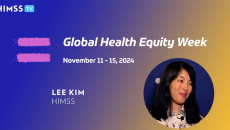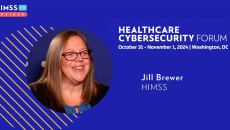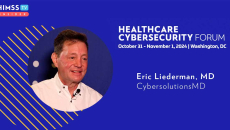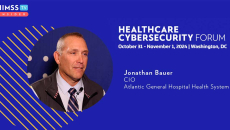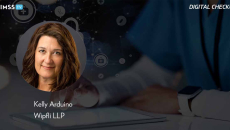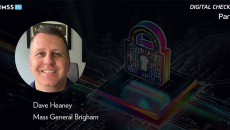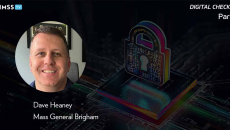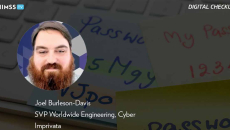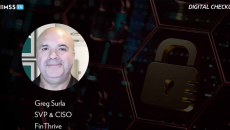cybersecurity
Cybersecurity is linked to health equity and vice versa, says HIMSS senior principal of cybersecurity and privacy. Cybersecurity must extend beyond the clinical setting as data access to patient information is necessary.
Third-party risk management was the No. 1 weak link reported in organizations' cyberdefense strategies, says Jill Brewer, market insights lead at HIMSS. The No. 1 technology to use is AI-powered threat-detection and analytics.
Dr. Eric Lieberman, CEO of CybersolutionsMD, discusses advising care organizations on ensuring collaborative decision-making in cybersecurity for patient safety - and the government’s role in helping organizations protect their technologies.
Jonathan Bauer, CIO of Atlantic General Hospital Health System, discusses cybersecurity in smaller community hospitals and dealing with funding challenges and technological advancements, particularly following the Change Healthcare attack.
Kelly Arduino, a healthcare industry leader at advisory firm Wipfli, discusses susceptibility to cyberattacks in small and large healthcare systems, especially in rural areas.
David Heaney, CISO at Mass General Brigham, relays best practices for securing AI use in health systems to ensure proper adoption, implementation and cybersecurity - and the types of AI that security specialists use to ward off cyberattacks.
Organizations need to ask how they can secure their use of AI technologies, use AI to secure the organization better and defend against AI-driven attacks, says Dave Heaney, chief information security officer at Mass General Brigham.
Joel Burleson-Davis, SVP for Worldwide Engineering Cyber at Imprivata, discusses new identity- and access-management strategies, a potential passwordless future and cybersecurity trends to watch.
HIMSS24
Threat actors are increasingly using AI to generate hacking attempts and phishing scams. Jeff Webber, Intelliguard CTO, calls for cybersecurity vendors to create AI-powered solutions to fight these new threats.
FinThrive SVP and CISO Greg Surla discusses why providers should not rely on single vendors in RCM environments and how the Change Healthcare attack was a watershed moment.
